Garfield County, Utah has said “no thank you,” to the Utah Division of Wildlife Resources’ offer to transplant nuisance beavers from other parts of the state to the county to help restore high elevation wetlands, the 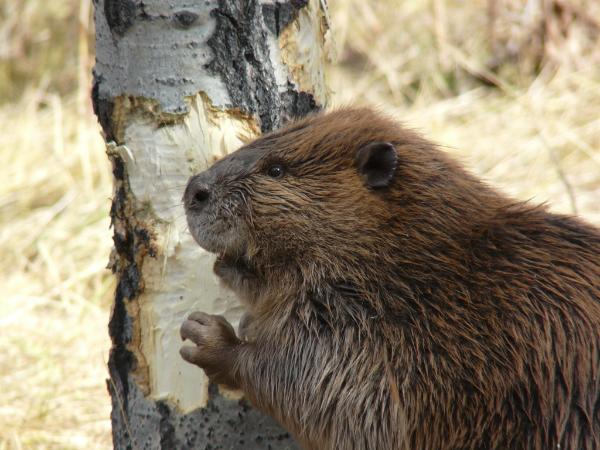 Salt Lake City Tribune reports.
Salt Lake City Tribune reports.
Although, if they had actually said “no thank you,” you probably wouldn’t be reading about this. What they did say was that they were afraid the beavers would become a tool for the environmental community to use against against cattle.
Utah DWR says that they’ll make the offer again another time.
Read the whole story in the Salt Lake City Tribune, and make sure to keep scrolling down past the ad, because there is more text after it.
(Thanks to Mountain West News for literally calling this story out with a quote at the top of their homepage, even though the story was a small one, on the second page.)

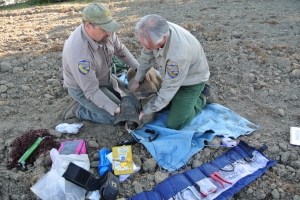 Earlier this summer, New York State Department of Environmental Conservation wildlife biologists banded 15 peregrine falcon chicks from five nests in western New York State. The birds are part of the growing peregrine population in the state.
Earlier this summer, New York State Department of Environmental Conservation wildlife biologists banded 15 peregrine falcon chicks from five nests in western New York State. The birds are part of the growing peregrine population in the state.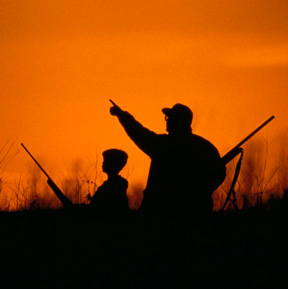 A
A 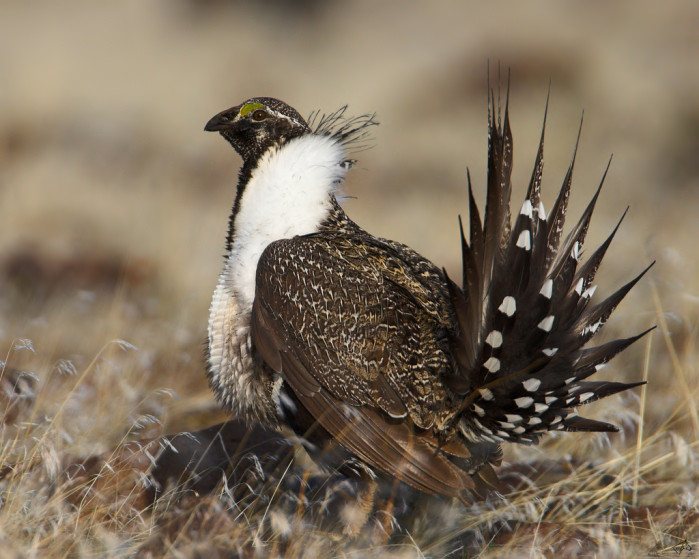 Western states are trying to keep the sage grouse off the endangered species list. Energy companies are trying to build transmission lines and wind facilities. Increasingly, those two goals are in conflict.
Western states are trying to keep the sage grouse off the endangered species list. Energy companies are trying to build transmission lines and wind facilities. Increasingly, those two goals are in conflict.
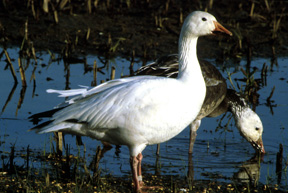 Snow geese present a tricky wildlife management situation. Their numbers have increased so much that they are harming the Arctic tundra where they raise their young.
Snow geese present a tricky wildlife management situation. Their numbers have increased so much that they are harming the Arctic tundra where they raise their young.